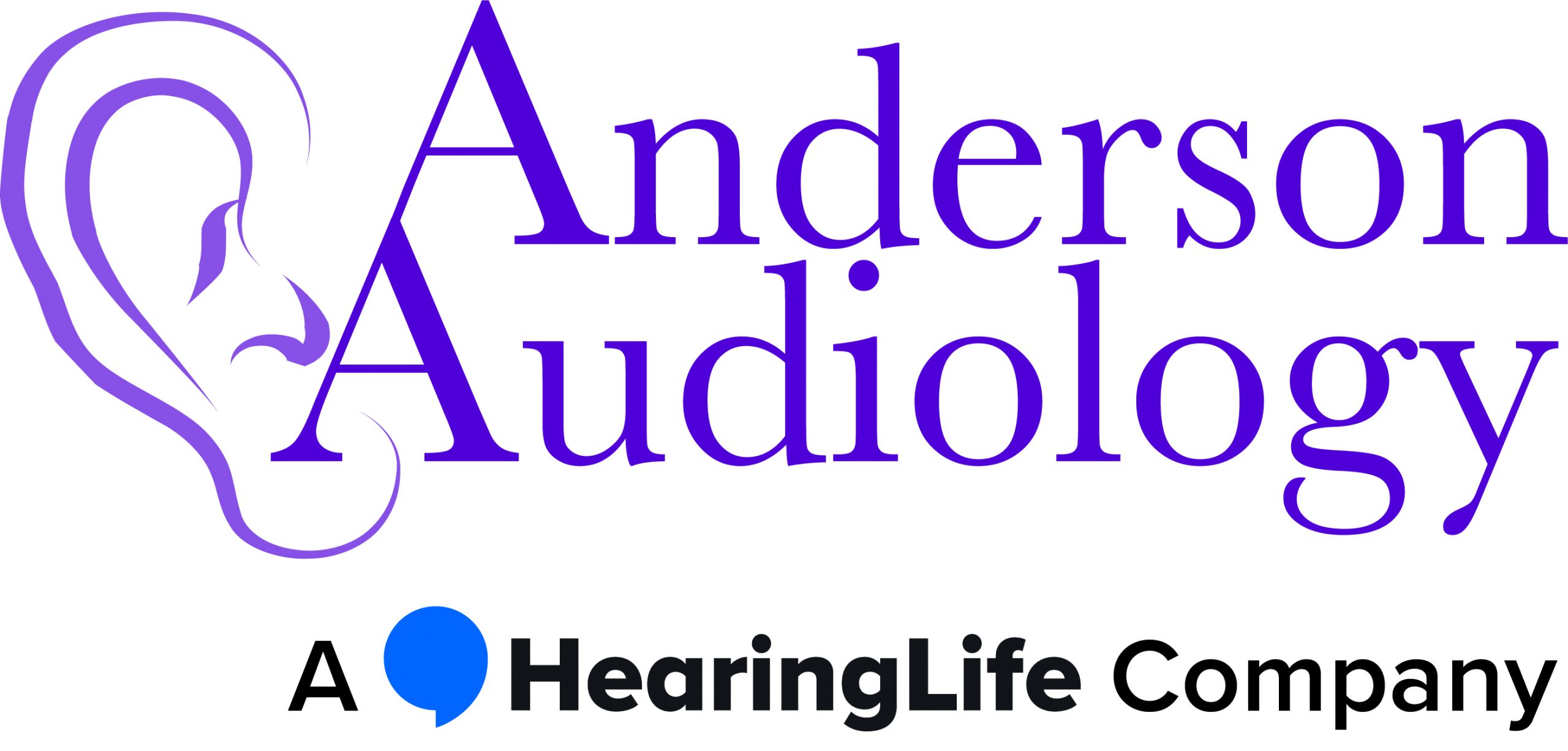Many jobs involve activities that common sense says might cause injury. But the most common workplace injury might surprise you a little.
Hearing loss is easily the most common workplace injury. Which is surprising partially because, in most cases, it takes years of repetitive behavior for it to occur. The sad part of this injury is that it’s also totally preventable.
A study featured in USA Today last year explains that when people work at jobs for years with very loud environments, they are very likely to wear hearing protection. But, those who work at jobs that have shorter intervals of loud noises, or continual noise that’s at moderately high levels – well, those folks don’t usually bother with it.
Therein lies the real problem.
Jobs with sustained high decibels actually aren’t the culprits.
If your occupation involves noises that fluctuate a lot, you might want to invest in a device that notifies you when decibel levels exceed normal levels.
How much noise is too much?
- 85 Decibels (dB) – the “Action Level” where hearing protection is required.
- 90 dB – the OSHA, 8 hour average exposure limit.
- 100 dB – exposures longer than 15 minutes are not recommended.
- 110 dB – regular exposure of more than 1 minute risks permanent hearing loss
Wear Protection, even if it doesn’t go with your outfit.
Whether you are at work, or at a concert, if you are around sustained loud noise, you should be wearing some sort of ear protection.
Many people don’t like to wear anything because aesthetically it’s not an attractive look. Anyone who has lost their hearing due to not wearing protection, would assure you that it’s worth it.
Your employer may not realize that it actually is more expensive to do nothing.
The costs of protecting employees is prohibitive. This causes many employers to talk at making changes or providing hearing protection.
Perhaps they do not realize, though, that the medical costs resulting in hearing loss are even more expensive.
Talking to your employer about this could bring awareness to this topic.
The bottom line is, you have to take your protection into your own hands.
You are the only one wholly responsible for your hearing. Be aware of your environment and take the necessary steps to keep yourself safe.
If you’d like tips and find out if you may already be showing the signs of hearing loss,
Give us a call. Make an appointment. Change your life.
We can’t wait to help you gain a better hearing lifestyle. Here at Anderson Audiology we are committed to better hearing and committed to you! Contact us today and schedule an appointment.

